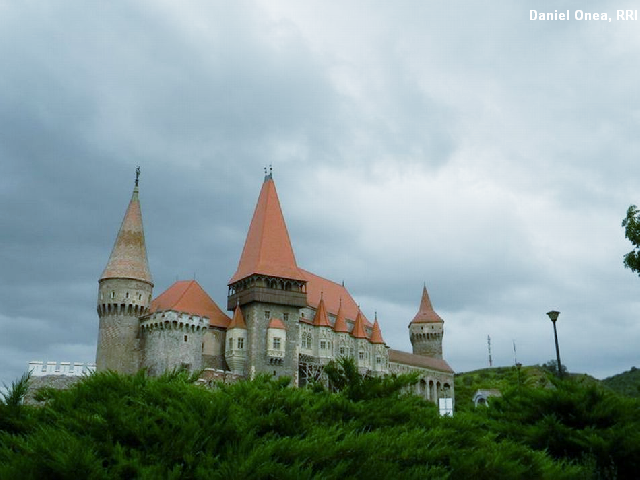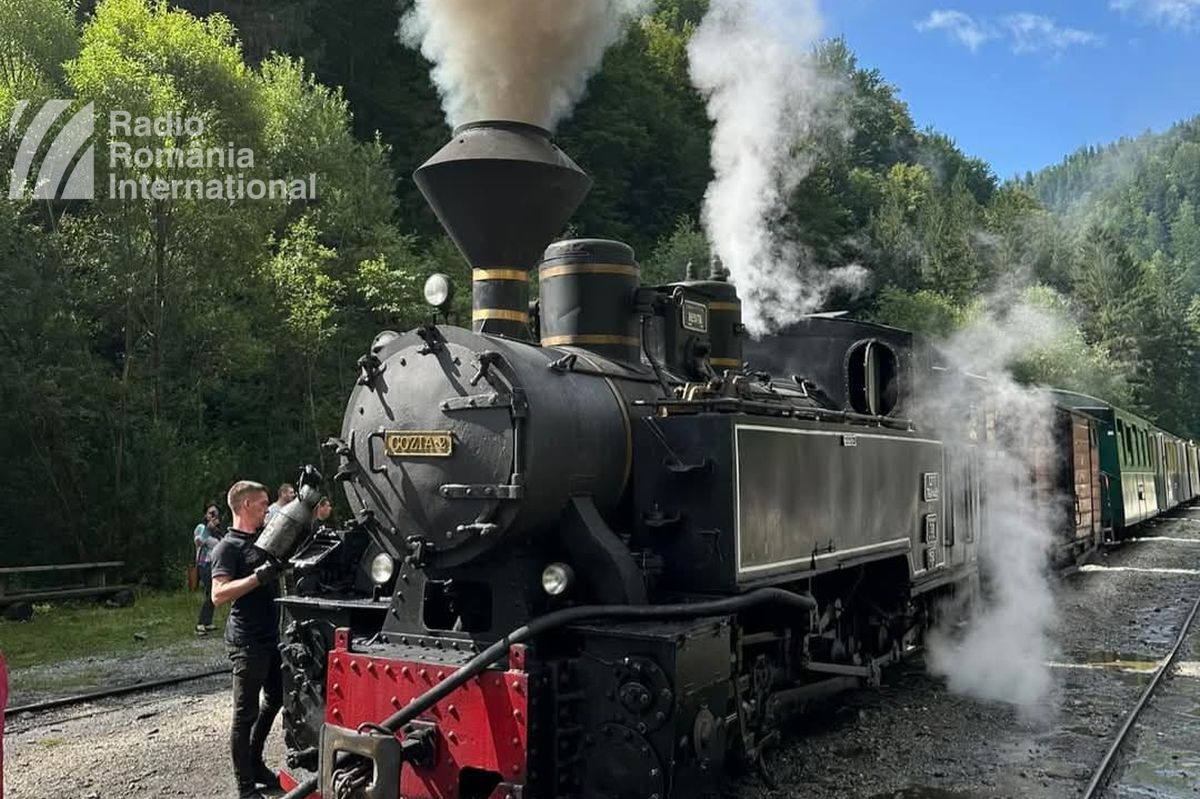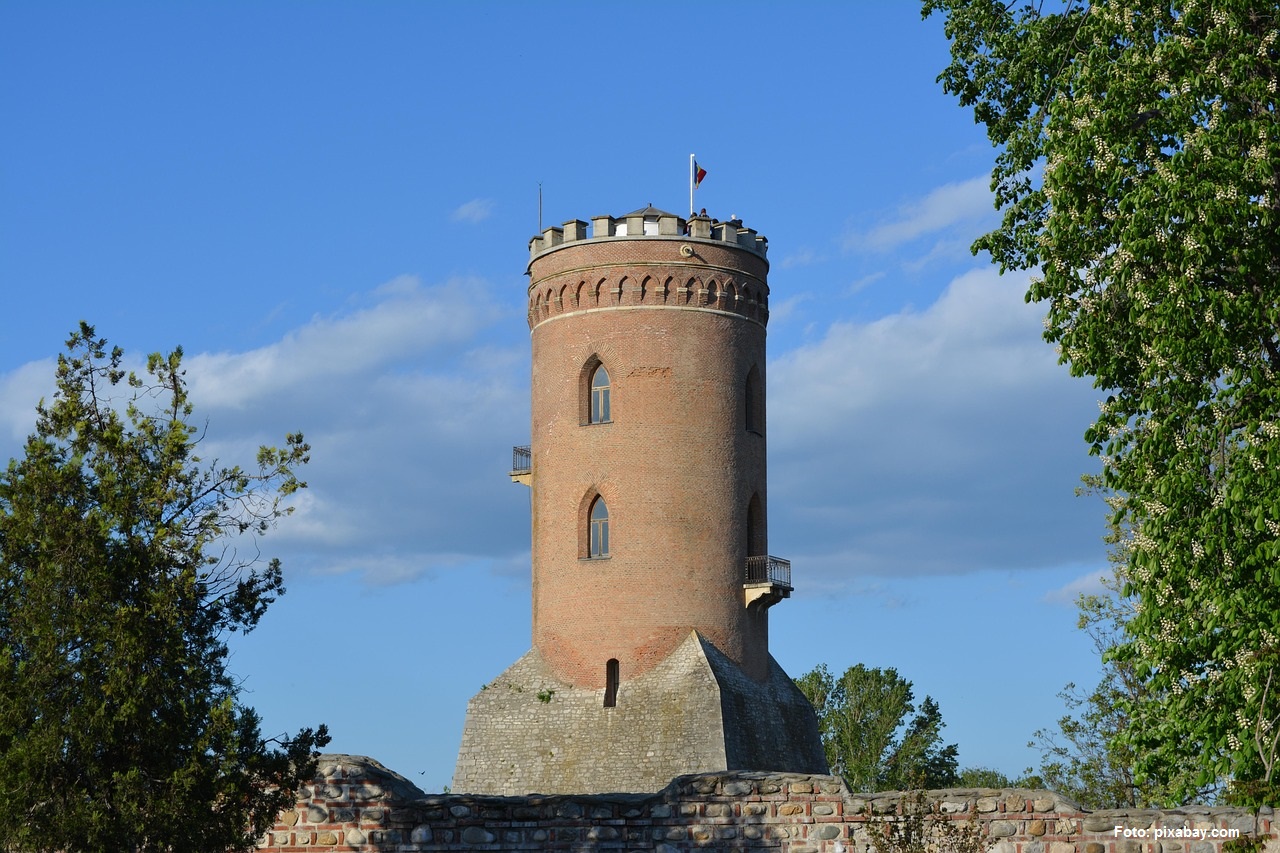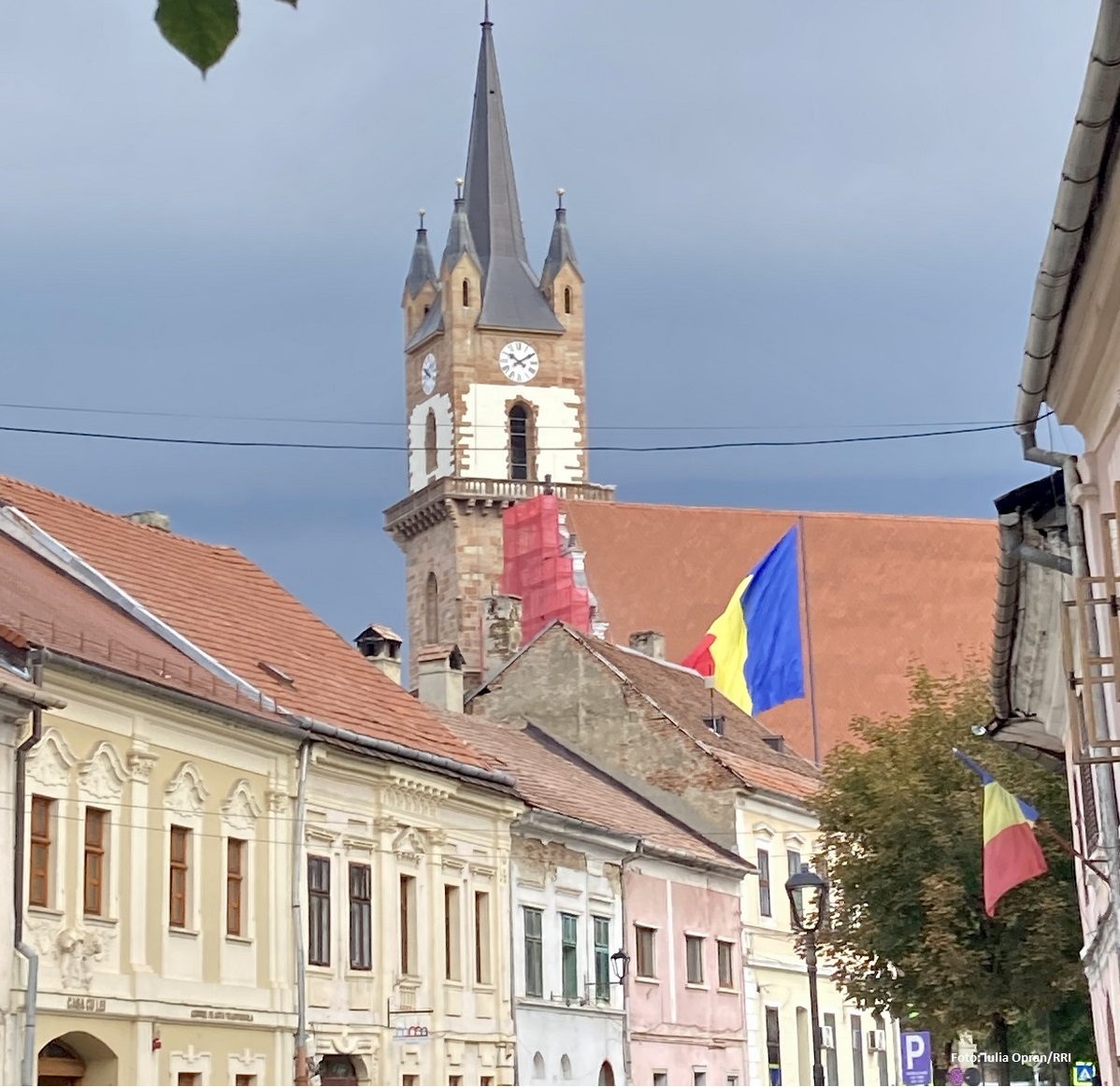Traveler’s Guide
Romanias Castles and Mansions

Daniel Onea, 17.10.2019, 13:55
People’s
interest in Romania’s traditional noble houses has been growing in recent
years. Such people are the very curious ones, who roam Romania’s villages in large
numbers, looking for old mansions. Or they may be the entrepreneurs who relish
in venturing so far as to restore the old-time beauty to such buildings.
Anyhow, a trend has begun to take shape, that of rediscovering the out-of-town
nobles’ residences. In Romania, there are more than 300 such buildings, listed
monuments, that is. We have tried to reach a couple of such castles, which are
less well-known or less promoted.
First of all,
nearby Bucharest, there is the Floresti Palace, lying quite close to Ploiesti,
or so art historian Irina Leca has told us.
Irina Leca: It
was built by the tycoon Cantacuzino, after the plans of Ion Berindei. It is a
fine sample of early 20th-century architecture, which although it is
in ruins today, it makes a very picturesque and lively objective, Today’s
owners of the castle have tried to rejuvenate it, staging lots of cultural
events there, the most important of which being the Kapatia Horse Trials equine
contest.
In eastern
Romania you can visit the Sturdza castle in Miclauseni, which still speaks
about the history of the Sturdza noble family. Speaking about that, here is the
guide of the castle, Sebastian Marcoci.
Sebastian
Marcoci: It’s a beautiful story, the one about this building. George Sturza and
Maria Ghica built a castle following the structure of the old mansion, in the
neo-Gothic style. For our area, that is something very special. Construction
works were completed in about 24 years. For the interior, it is painted in the Art
Nouveau style. Maria Ghica was born in Istanbul. There she learnt how to paint
miniatures. It was also there that she learnt English and in 1869, she married
George Sturdza. After the wedding, the two took a trip to Western Europe, to
Germany, France and Austria. On their way back, they decided to transform their
mansion in the Miclauseni castle. The Sturdza family estate has three
components, a dendrological park stretching along a surface area of 30
hectares, the monastery and the castle. So we have the spiritual, the cultural
and the natural component. We kind of followed on the Sturdza family’s wish to
create cultural and educational events. Some of the outhouses have been turned
into guesthouses, with about 50 accommodation places, There is a quotation we
have in the castle, running something like, there where we have peace and
quiet, harmony prevails.
We continue our
journey having art historian Irina Leca as our guide, and we reach the Cuza
Castle in Ruginoasa, lying quite close to Miclauseni. Here is Irina Leca,
speaking about the castle.
Irina Leca: Again, it is a perfect example of neo-Gothic architecture, located in a
superb dendrological park, it is a castle that has been recently refurbished
and which plays host to the Cuza Museum. Here, visitors can find out many more
things about the history of the Romanian ruling prince and especially about
Elena Cuza, who used to live in the castle. Now, if we continue our journey to
Transylvania, nice and easy, we can have a stopover at the Cris castle, located
30 kilometers from Sighisoara. The
castle, which is a superb example of Renaissance architecture dating back to
the 15th century, is one of the most picturesque in Transylvania.
Although it is not very well-known to the public, the castle, which is currently
undergoing a full restoration process, has been opened to visitors for quite
some time now. The foundation administering it offers to visitors guided tours
into the history of this castle and the Saxon village around it.
Romania boasts a
good number of castles, which are worth visiting. Here is Irina Leca at the
microphone again.
Irina Leca: I would like to mention the Bran Castle, Peles, Pelisor, the
Cantacuzino Castle in Busteni, southern Romania. Quite a good number, and a
tour of these castles would be quite attractive and eye-opening. Similar to the
Loire Valley in France, we have castles on the either side of the rivers Mures
and Trotus, over the Carpathians. There are castles and mansions along the
Mures Valey, up to the point the river leaves Romania and along the Trotus
valley, at Darmanesti, Doftana and Comanesti. Some of them are in good
condition and open to visitors, while others are not.
Sanda Vitelar,
communication and media advisor with the County Council has also confirmed the
fact that visitors can visit a lot of fairy-tale castles in Romania’s central
and northern region.
Sanda Vitelar: The Saxon village of Cris, 13 km of Sighisoara is famous for its
Bethlen Castle built between the 14th and 18th centuries
but you can also visit the picturesque castle of Lapusna, on the Gurghiu
Valley. Also worth visiting is the Kemeny Castle in Brancovenesti, on the Mures
Valley, on the national motorway linking Reghin to Toplita. The Mures County is
renowned for its old castles and mansions. Although many of them are being
refurbished, they can also be visited by tourists. The Ugron Castle, also known
as the Calendar Castle, is waiting for visitors in the plain area towards the
city of Cluj Napoca. The castle has 365 windows, four towers, as the four
seasons, 52 rooms as the weeks in a year and 7 terraces. It also has 12 halls,
which represent the months of the year. The castle was built around an
unrequited love story between its owner and a Russian princess.
Those who are
pressed for time can opt for Romania’s most representative castles, such as
Peles, Pelisor, Bran or the Corvin Castle but if time is not an issue, you can
access the monumenteuitate.org, a vast platform promoting the mansions and
castles in Romania’s rural areas.






























